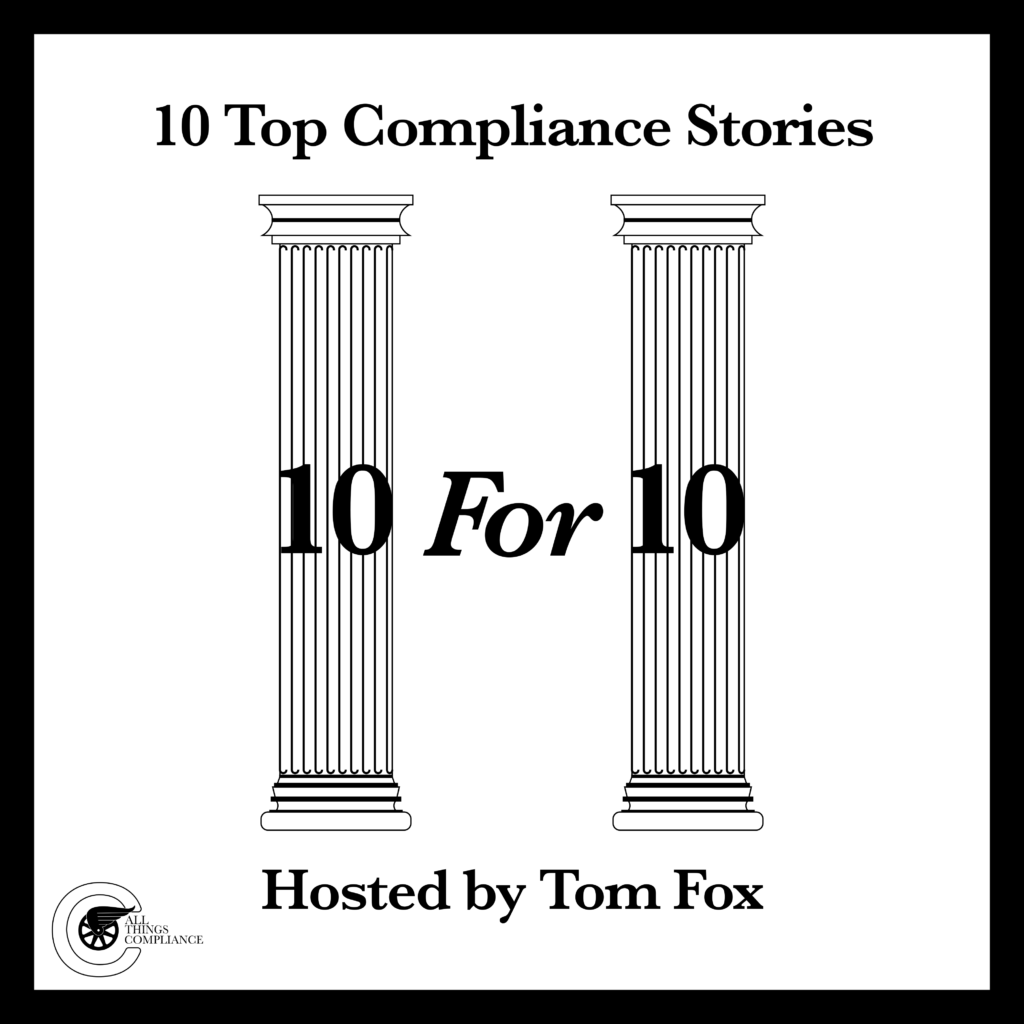Welcome to the Daily Compliance News. Each day, Tom Fox, the Voice of Compliance, brings you compliance-related stories to start your day. Sit back, enjoy a cup of morning coffee, and listen to the Daily Compliance News—all from the Compliance Podcast Network. Each day, we consider four stories from the business world: compliance, ethics, risk management, leadership, or general interest for the compliance professional.
Top stories include:
- Why CISOs quit. (Security Insights)
- How bribery helped thieves steal thousands of iPhones. (WSJ)
- Menendez’s wife’s trial to begin. (North Jersey News)
- Tennis stars accuse ATP of cartelism. (FT)











